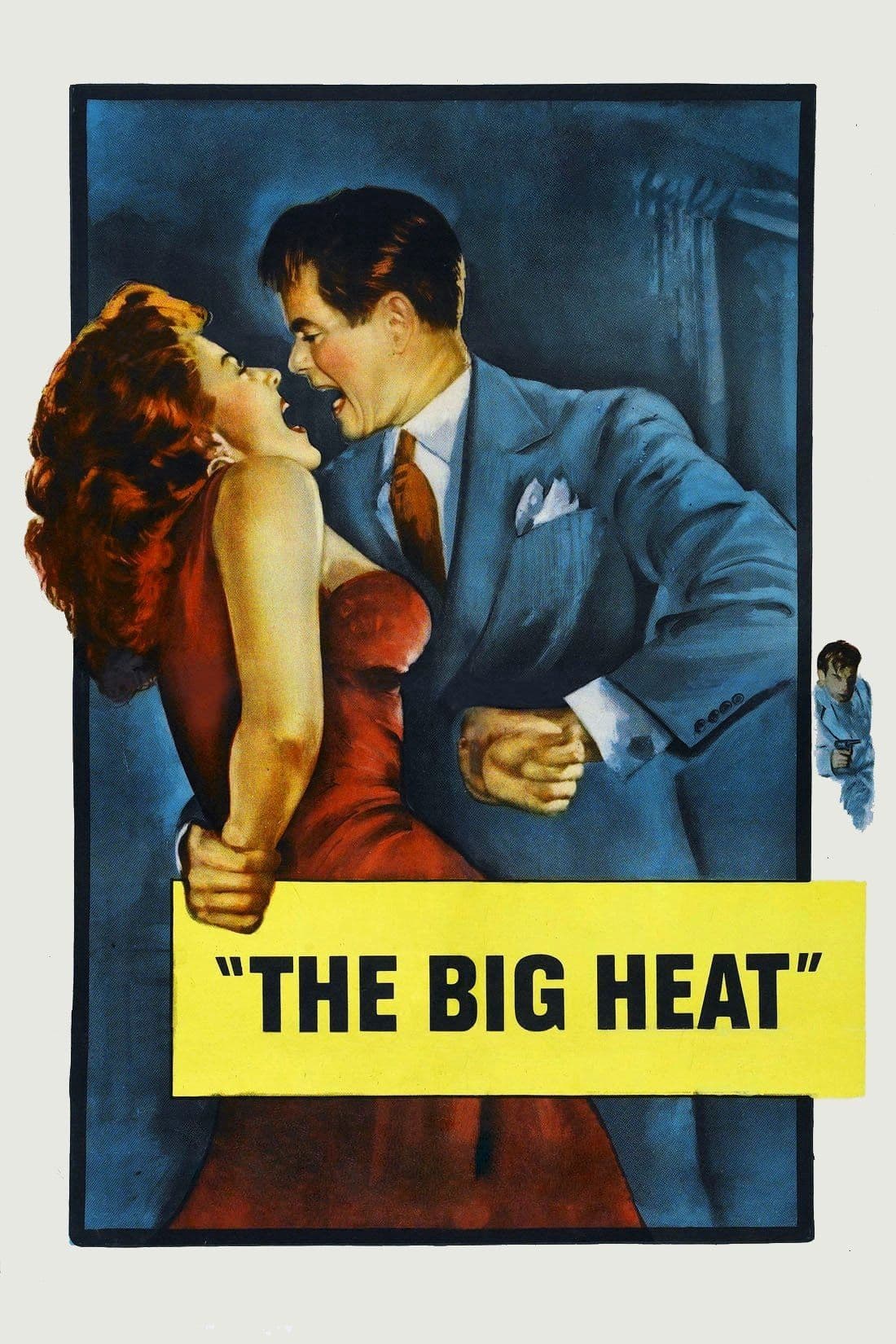
The Big Heat
1953
Rate this movie
Average: 0.00 / 5
(0 votes)
Director
Fritz Lang demonstrates in this film that he has assimilated Hollywood aesthetic canons, reinterpreting them through his genius. A genius who does not merely replicate, but infuses his own vision, inherited from the mists of German Expressionism, into the lucid – and often brutal – clarity of American cinema. It is a successful transplant of Schatten (shadows) and Angst (anxiety/dread) into the pulsating heart of an American metropolis, where shadow is not just a light effect, but an impending omen, a viscous substance that permeates every corner and every soul. His mastery is evident in the use of chiaroscuro that does not merely sculpt faces, but defines the blurred morality of a corrupted world, where neon lights cast long, distorted shadows on American dreams.
The result is a work of darkness where every character involved is subjugated by a nefarious fate. An ineluctable descent into the abyss of corruption and revenge, almost reminiscent of Greek tragedies in its relentless determination, but here set in the cold realism of post-war America, plagued by paranoia and disillusionment. There is no room for free will in this Langian universe; choices, when they exist, seem only to accelerate a preordained fall.
The story revolves around the Chandleresque noir archetype, narrating the tale of a police officer who commits suicide under unclear circumstances. But "Chandleresque noir" is merely a starting point, a narrative hook for Lang. Although there is the lone police officer and a rotten system, Lang delves deeper into nihilism, surpassing Chandler's refined melancholy to arrive at a more visceral cruelty. The protagonist, Sergeant Dave Bannion (Glenn Ford), is not the cynical and disillusioned detective we have come to love in Bogart or Mitchum. He is an upright man, initially incorruptible, whose investigation is not dictated by compensation or a vague sense of justice, but by a deep need for truth and loyalty to a colleague.
His colleague and friend Dave Bannion (Glenn Ford) decides to get to the bottom of it, despite receiving warnings not to continue with his personal inquiry. It is his integrity that puts him in danger, his stubborn conviction that justice can still exist in a world where it has become a commodity. Glenn Ford, with his restrained acting imbued with latent rage, perfectly embodies this transition from lawman to avenging angel. He is not a classic hero; his is a quest that drags him deeper and deeper into the moral mire he seeks to cleanse, transforming him into something less "white," more contaminated.
The man will have to contend with the powerful police syndicate, completely corrupted by organized crime. And it is not a corruption limited to a few isolated individuals, but a cancer that has metastasized every cell of the system, from the top brass to the streets. The film paints a desolate fresco where the law is an empty shell, a façade behind which a sprawling criminal organization thrives, having bought every soul, every conscience. This pervasiveness of evil is what makes "The Big Heat" so oppressive and hopeless, a theme dear to Lang, who had already explored totalitarian control and institutional corruption in works like "M – The Monster of Düsseldorf" and "Metropolis," albeit in vastly different contexts.
Things will escalate when, escaping an assassination attempt, Bannion loses his wife. This moment marks the definitive break with any remnant of normalcy and legality. His wife's death, so sudden and brutal, is not just a narrative turning point, but an act of symbolic violence that severs Bannion's last link to an honest life and propels him into a territory of personal revenge, where the boundaries between right and wrong dissolve into a primal desire for retaliation. His quest for justice transforms into a personal crusade, a descent into the underworld that leads him to confront figures on the fringes, such as the tormented Debby Marsh.
A film in which the level of violence was so high that it sparked furious controversy. In an era still bound by the strict rules of the Hays Code, Lang dared to push the limits of what could be depicted, showing a raw and ineludible brutality. In this regard, the scene in which a girlfriend of one of the gang members is disfigured by Lee Marvin with boiling coffee is famous. It is not only an act of physical violence, but a desecration of beauty, an assault on hope that embodies the criminals' total absence of morality. Lee Marvin, in the role of the sadistic Vince Stone, delivers a performance that defines the archetype of the brutal and psychopathic villain, whose cold ferocity leaves a mark far more than a thousand bullets. But it is the reaction and transformation of Debby Marsh, played by a sublime Gloria Grahame, that elevates the scene beyond mere shock. Her disfigured beauty becomes a mirror of the corrupted world, and her evolution from "gangster's moll" to a tragic and vengeful figure – and in a sense, Bannion's only kindred spirit – adds layers of psychological complexity rarely seen in the noir of the era. Her desire for revenge, born from mutilation and loss, aligns with Bannion's, creating a desperate and uncompromising alliance, a duet of condemned souls seeking each other in the night, destined to harm each other and anyone who stands in their way. This precarious partnership is the pulsating heart of the film, a morbid and vital bond that culminates in a tragic epilogue, where redemption is merely a fleeting mirage, almost a mockery of fate.
A dark and masterful work, in which it is difficult to find a shadow of redemption. The ending, far from a triumph of justice, suggests a disheartening fragility and a return to only an apparent order. Lang offers no catharsis, but only the harsh realization that in a world so pervaded by evil, the fight for justice is an endless cycle of violence and loss, an eternal return of "the big heat" that consumes every glimmer of hope, leaving behind only ashes and indelible scars.
Country
Gallery
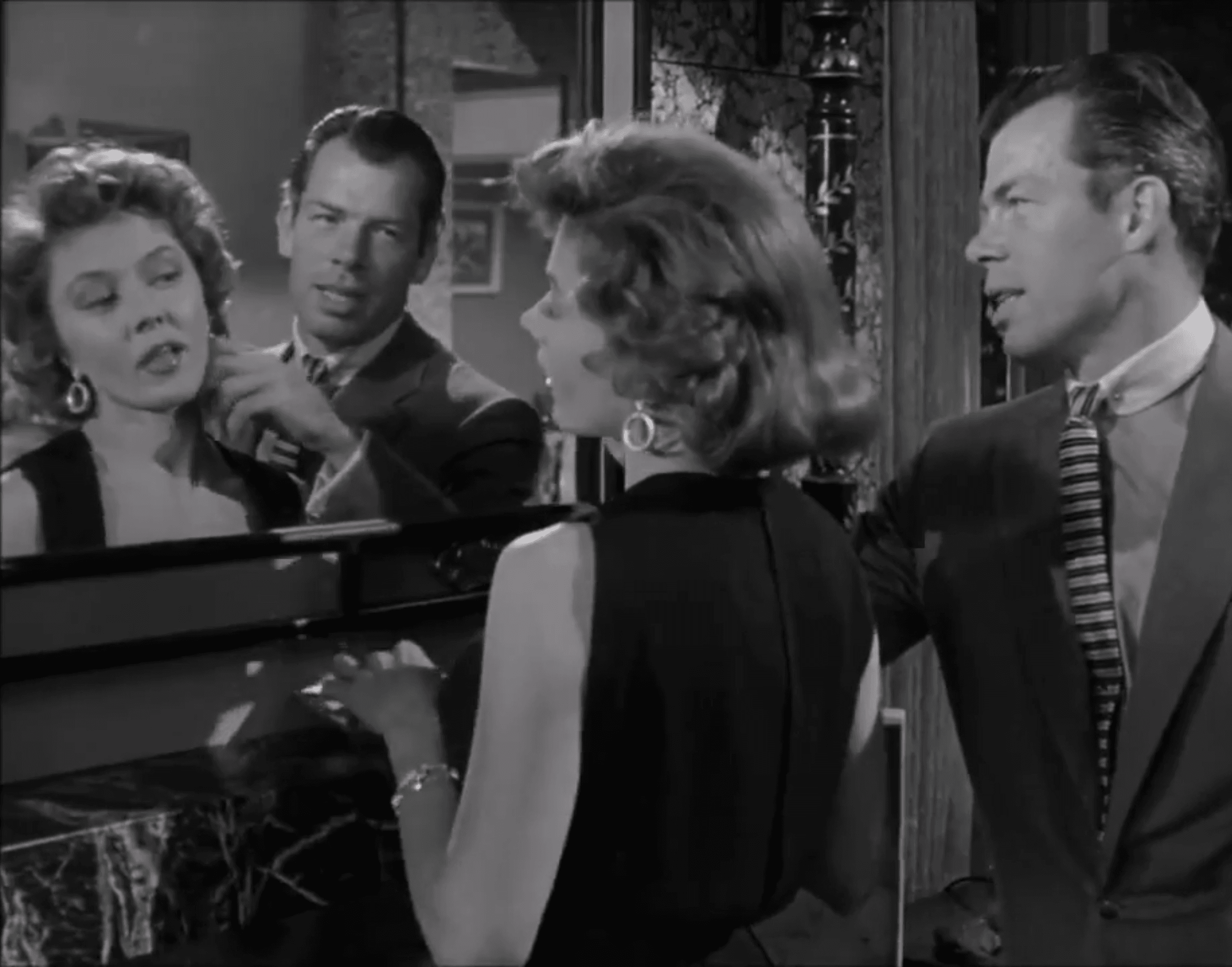

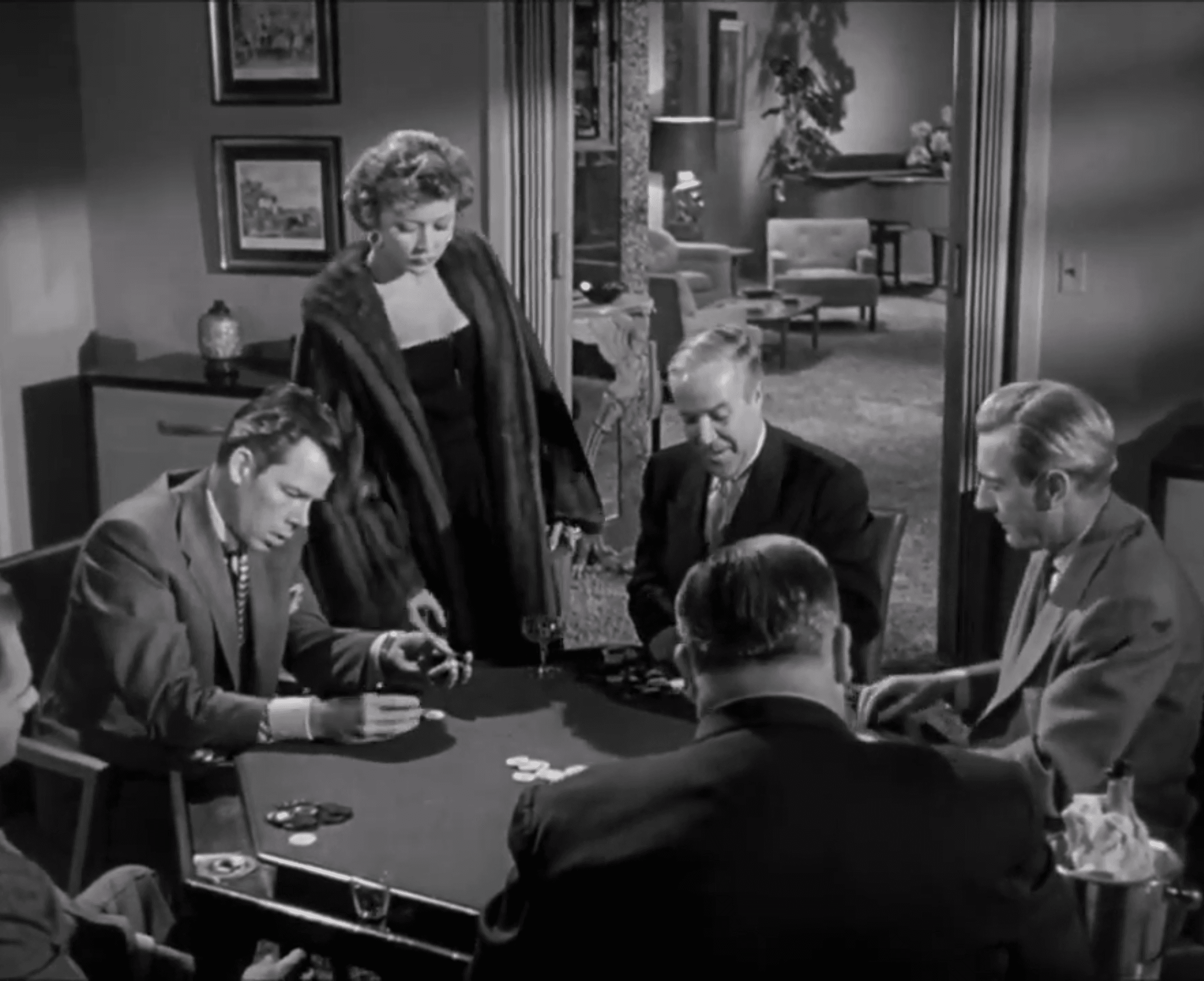
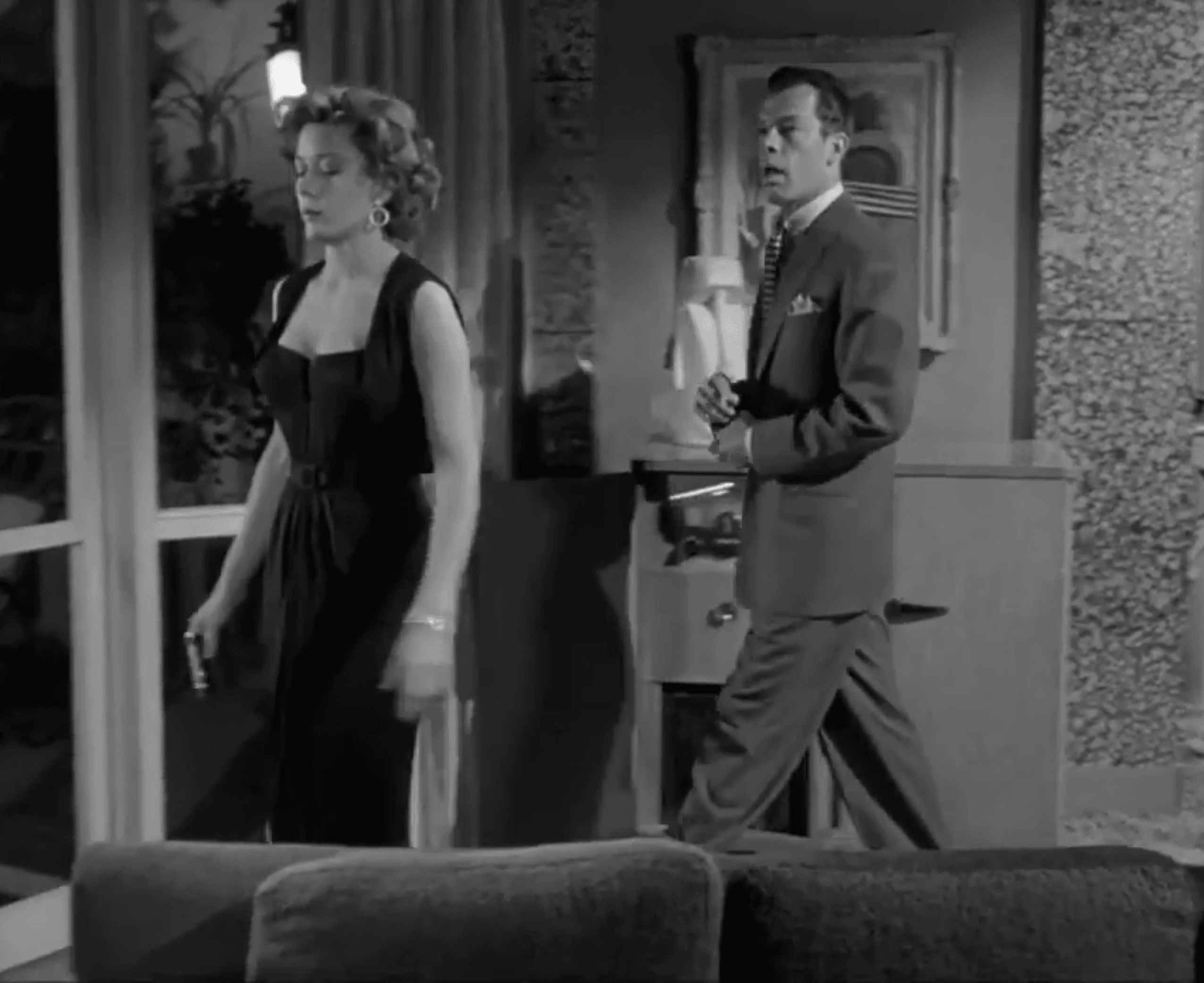
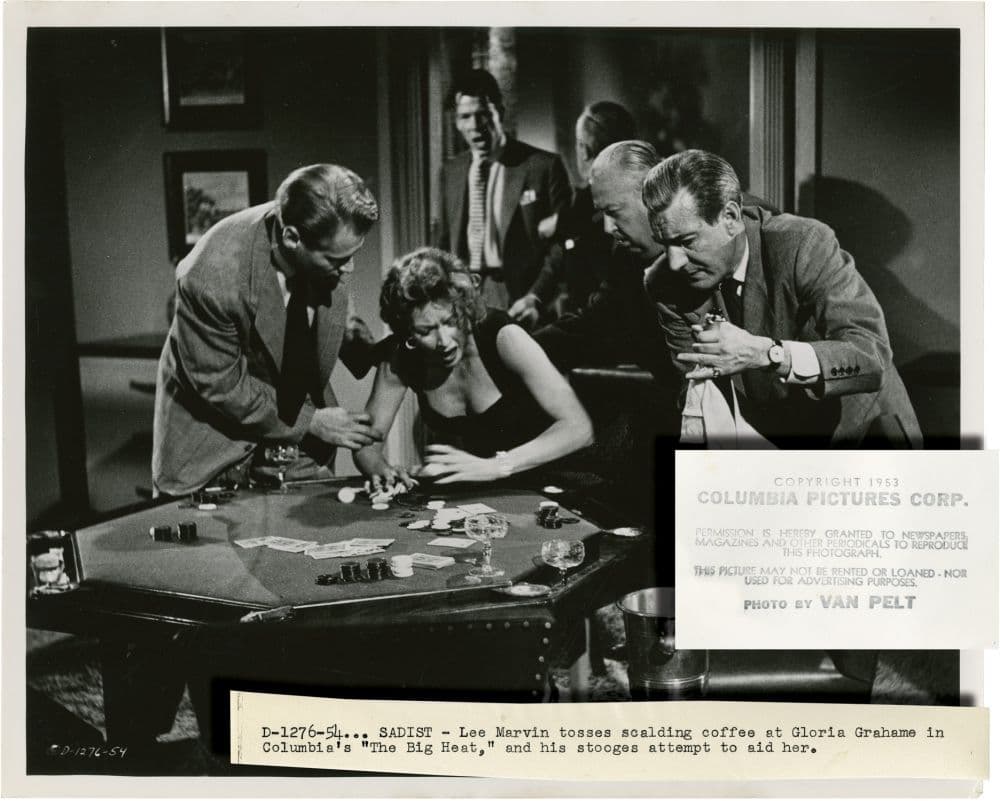
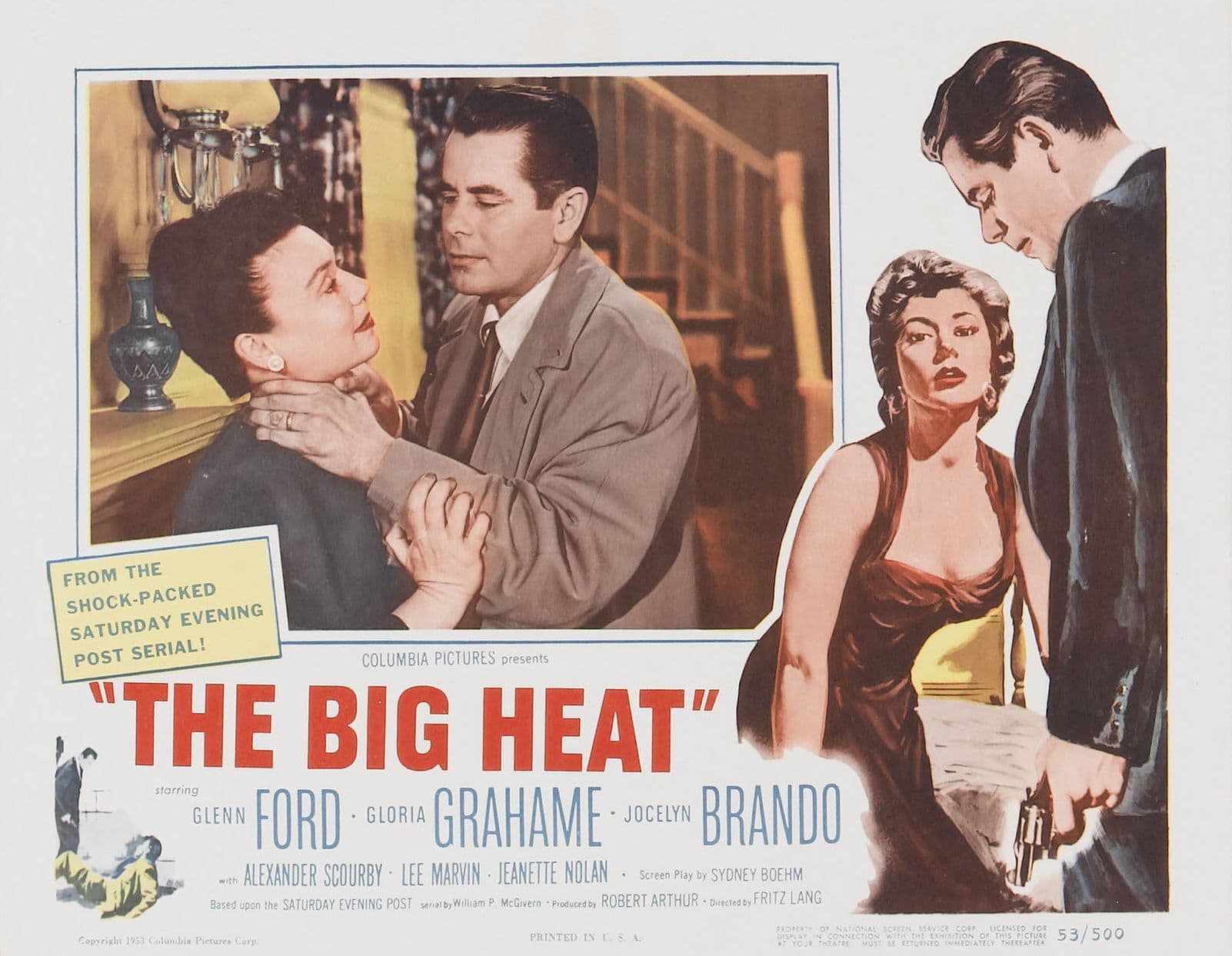

Comments
Loading comments...